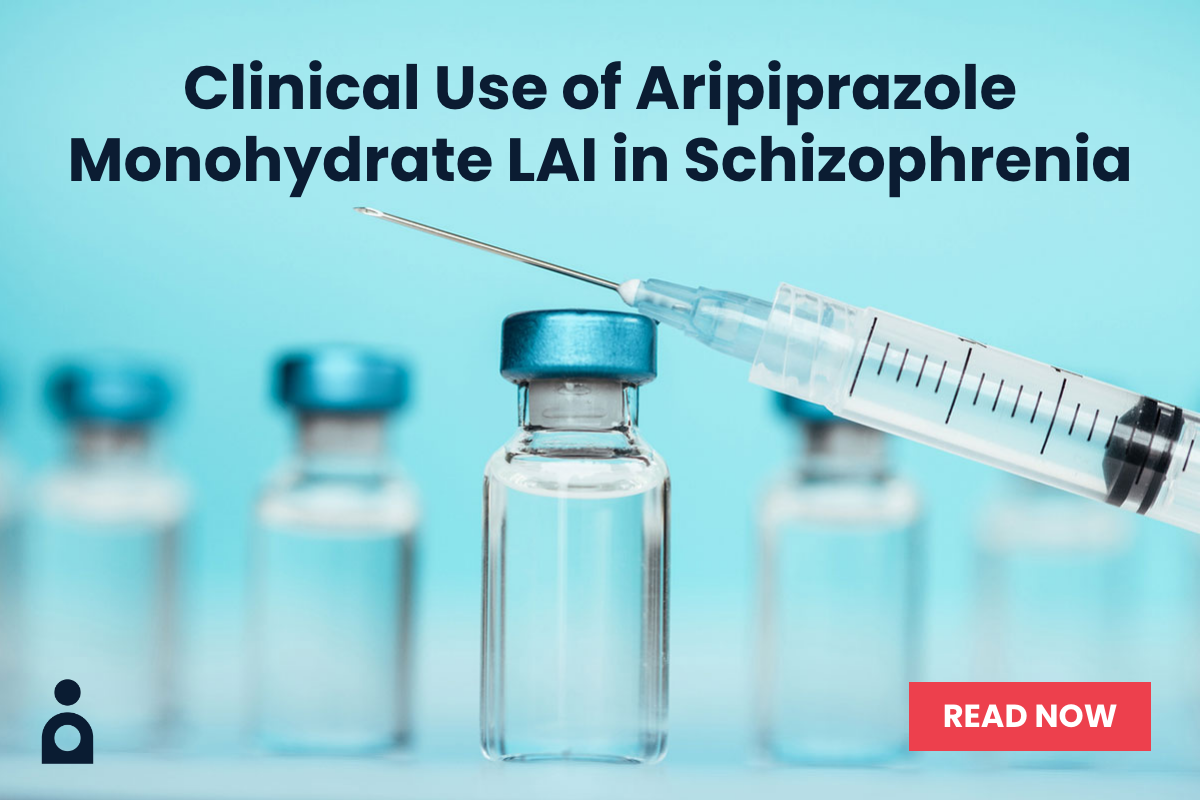Objective: There are no previous studies describing the correlates of suicide attempts in individuals with major depressive disorder in a nationally representative sample. This study explores the sociodemographic variables, mental disorders, and specific depressive symptoms associated with suicide attempts in depression.
Method: Data were drawn from Wave 1 of the National Epidemiologic Survey on Alcohol and Related Conditions (NESARC), a large (N=43,093) nationally representative survey of mental illness in the United States conducted between 2001 and 2002. Persons with lifetime major depressive disorder (N=5128; diagnosed according to DSM-IV) were categorized according to the presence (N=865) or absence (N=4263) of a lifetime history of suicide attempts. Multivariate logistic regression was used to compare the 2 groups across a broad range of sociodemographic and mental disorder correlates, as well as to compare specific depressive symptoms associated with a history of suicide attempts. Positive predictive values (PPVs) were calculated to evaluate the effectiveness of each correlate in predicting suicide attempts. Analyses were conducted separately for men and women.
Results: Sociodemographic factors significantly associated with a history of suicide attempts included Hispanic or Latino ethnicity (p ‘ ‹< .05), younger age(p < .01), and low annual income (p < .01). A historyof suicide attempt was significantly associated withany anxiety, personality, or substance use disorderamong both men and women (all p < .01). Personalitydisorder comorbidity was most predictive of suicideattempt. In men, suicide attempts had a strong associationwith dependent personality disorder (adjustedodds ratio [AOR] = 3.81; 95% CI = 1.14 to 12.73),whereas in women, suicide attempts had a strongassociation with antisocial personality disorder(AOR = 2.71; 95% CI = 1.72 to 4.25). Dependentpersonality disorder predicted suicide attempt in almostthree quarters of depressed men (PPV = 74.3%;95% CI = 54.2 to 87.6). The depressive symptom moststrongly associated with a history of suicide attemptsin both men and women was feelings of worthlessness(AOR = 5.48, 95% CI = 3.36 to 8.94 for men;AOR = 4.93, 95% CI = 3.56 to 6.84 for women).
Conclusions: This study contributes to the existing literature on risk factors for suicide attempts in depressed individuals. Identifying specific depressive symptoms and comorbid mental illnesses may improve the clinical assessment of suicide risk in people with major depressive disorder.’ ‹
Please sign in or purchase this PDF for $40.00.




